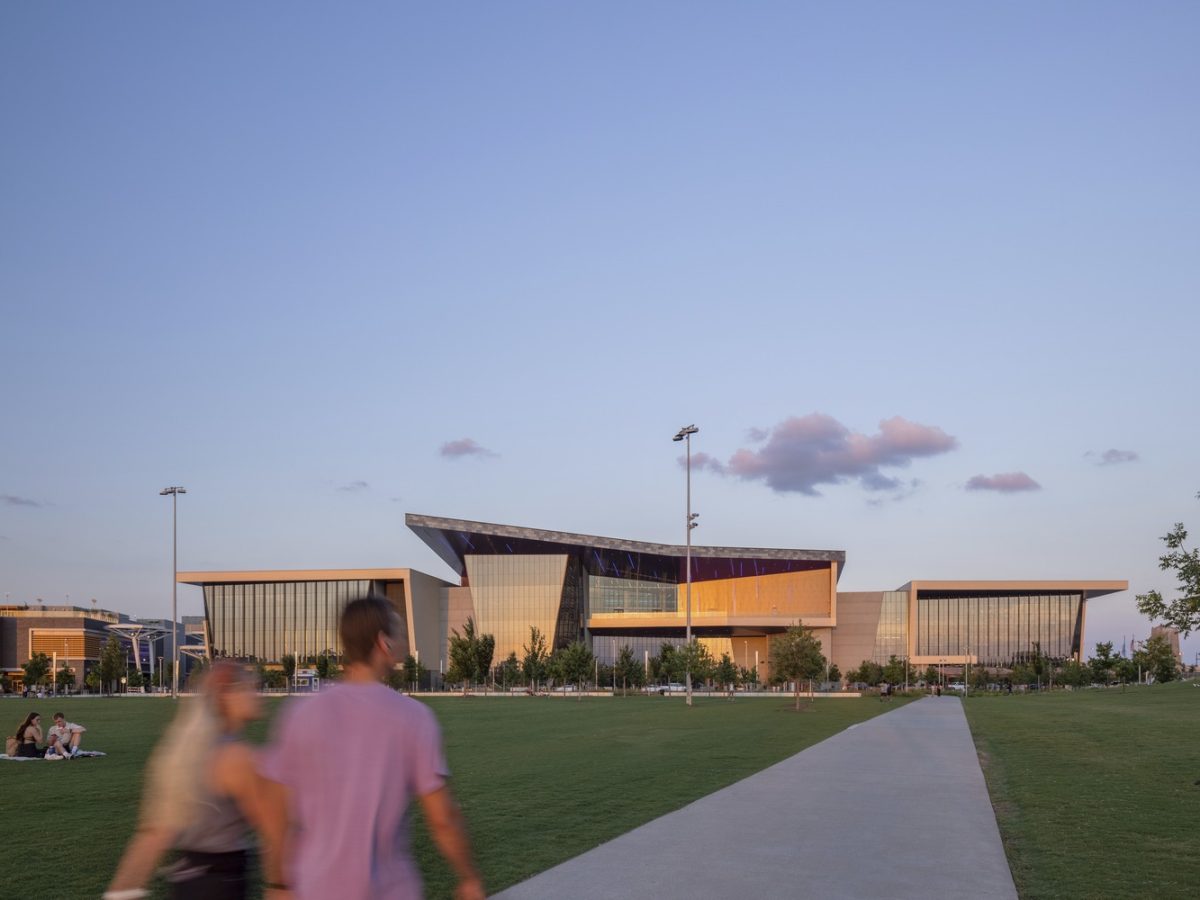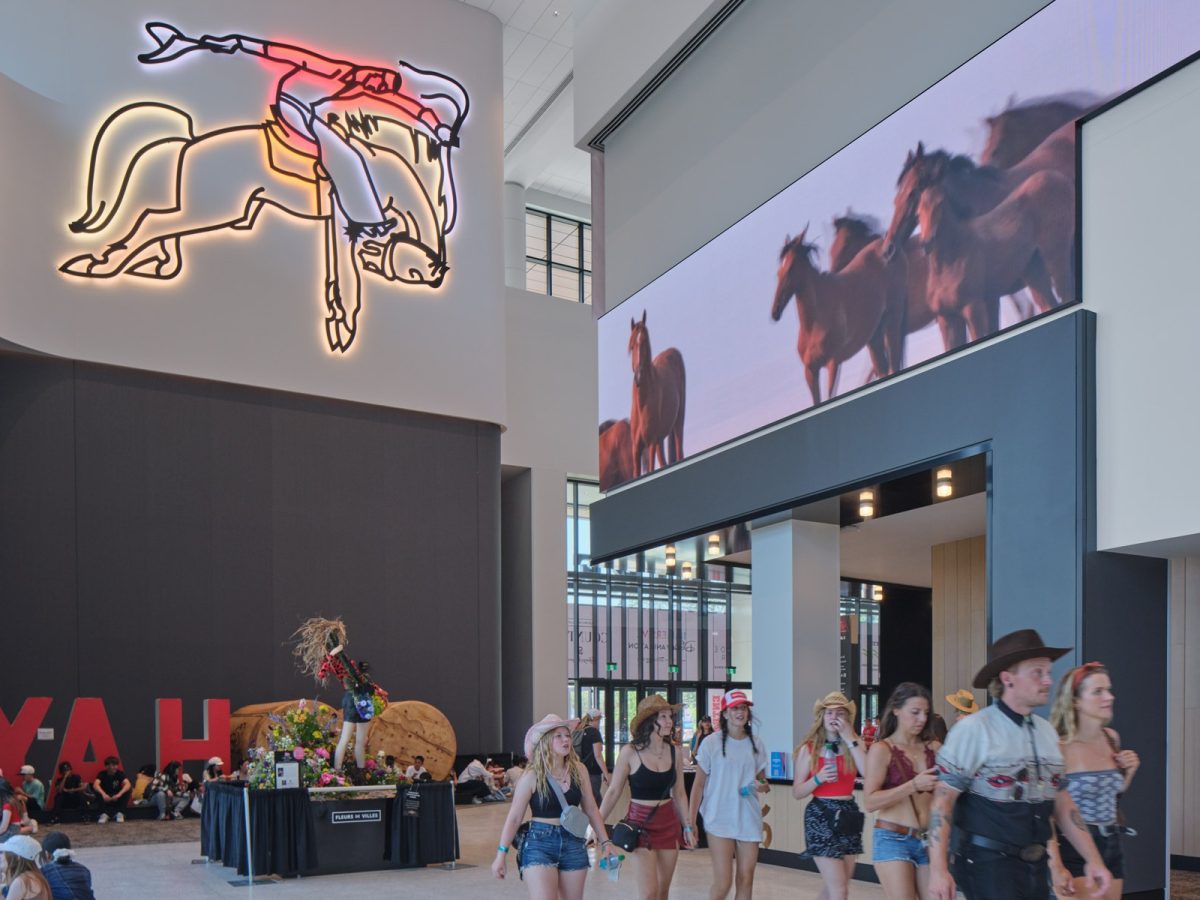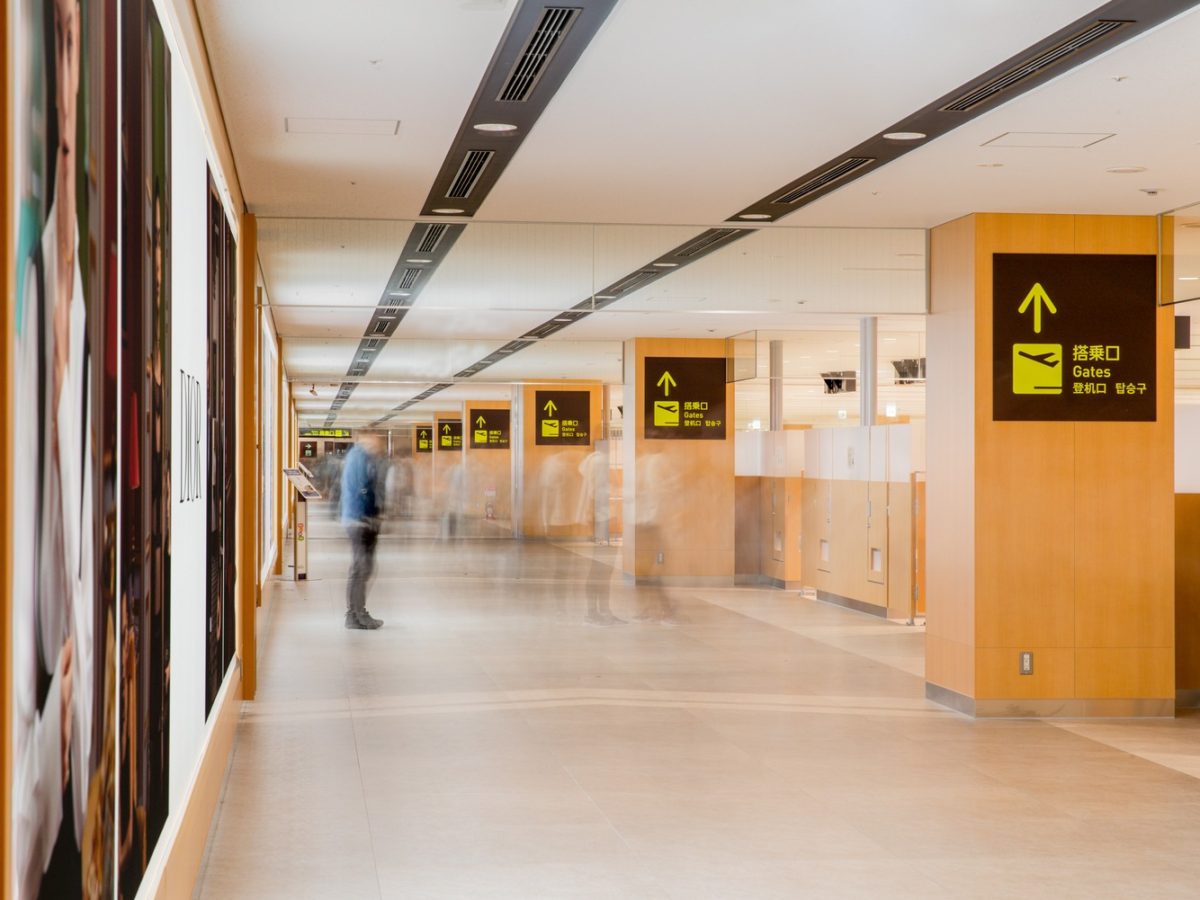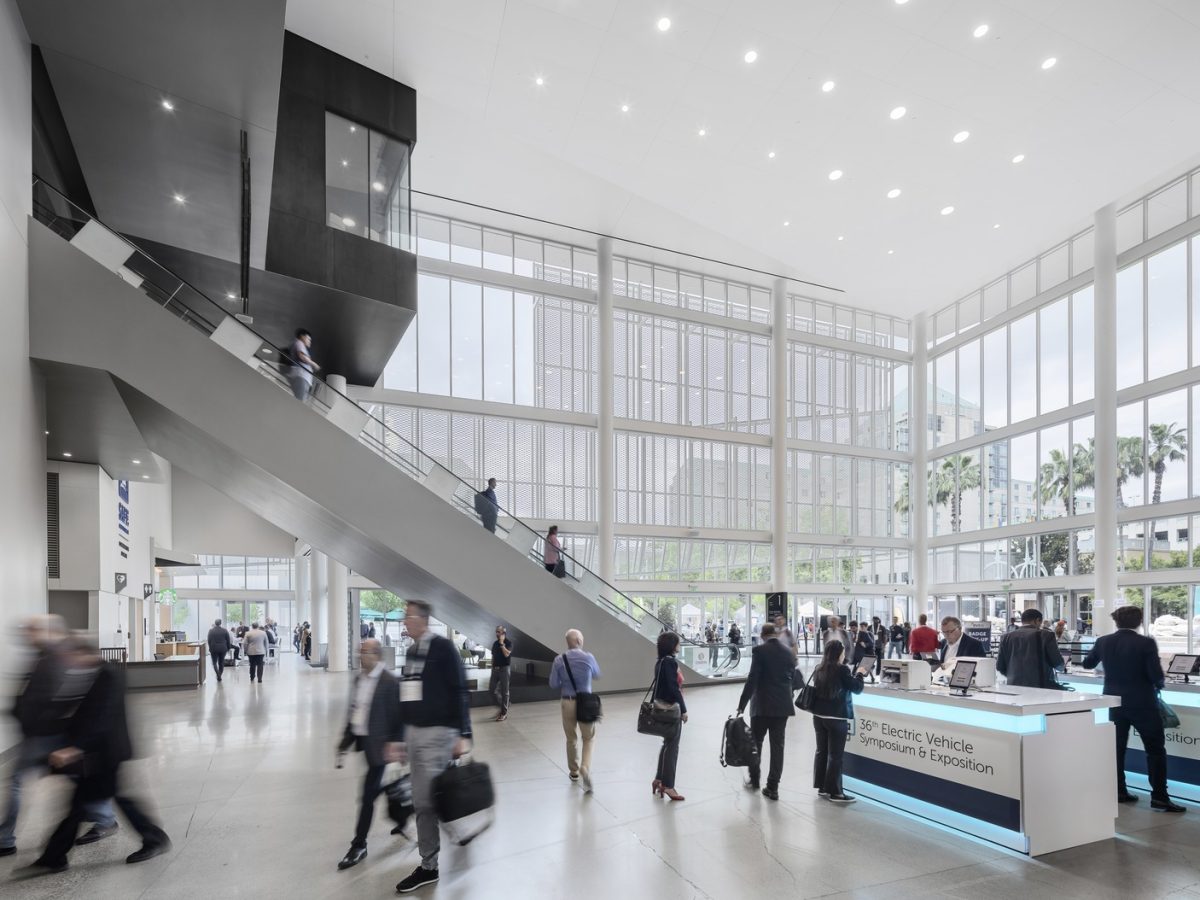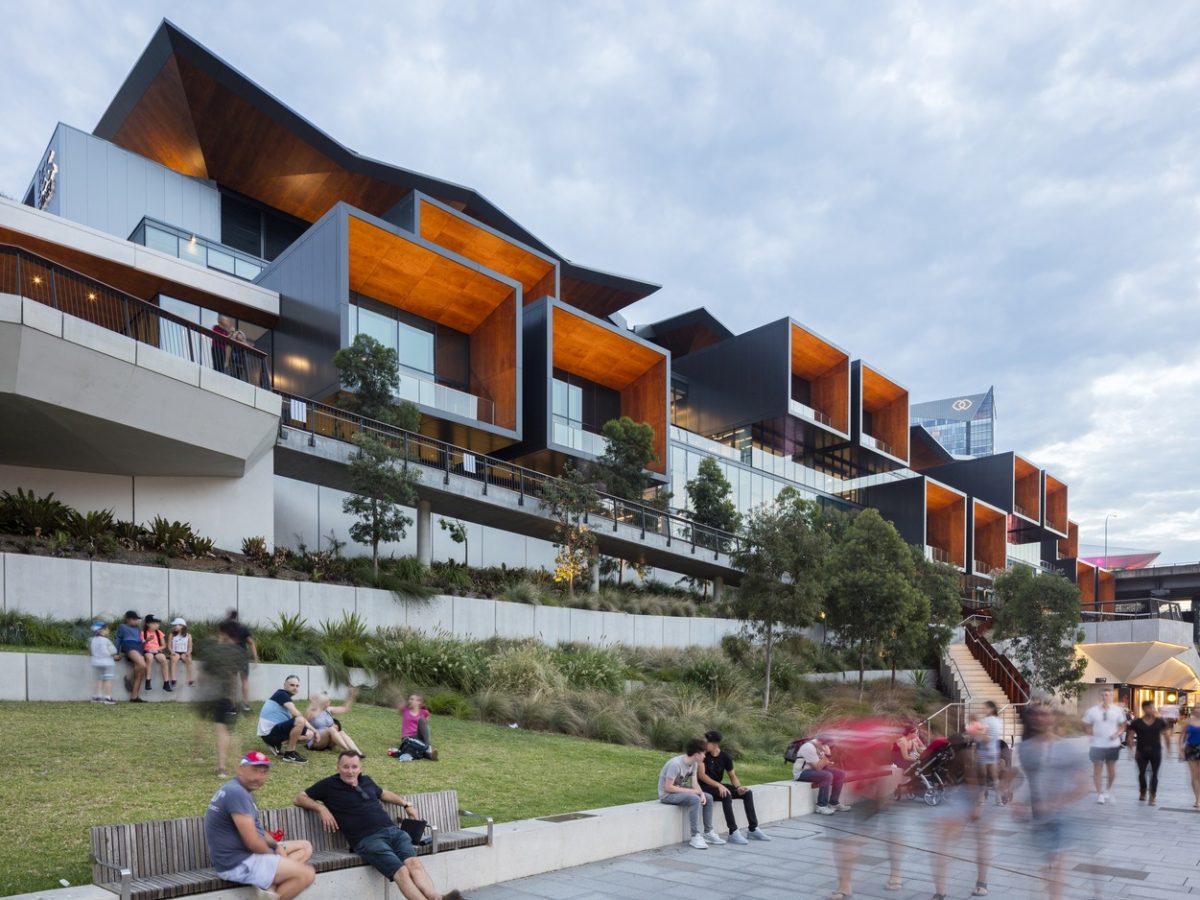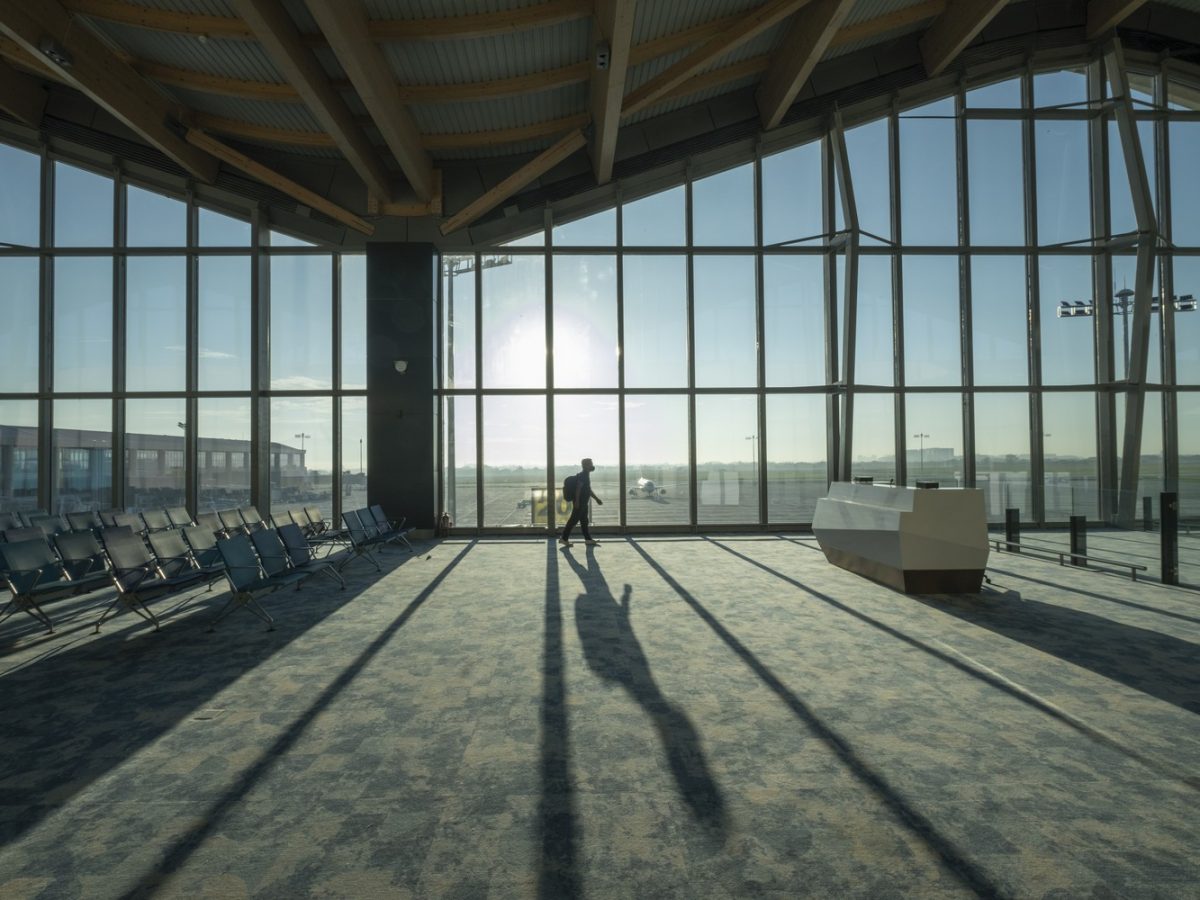September 12, 2024
Understanding Empathy: Revisiting Functional Spaces as Fundamentally Human
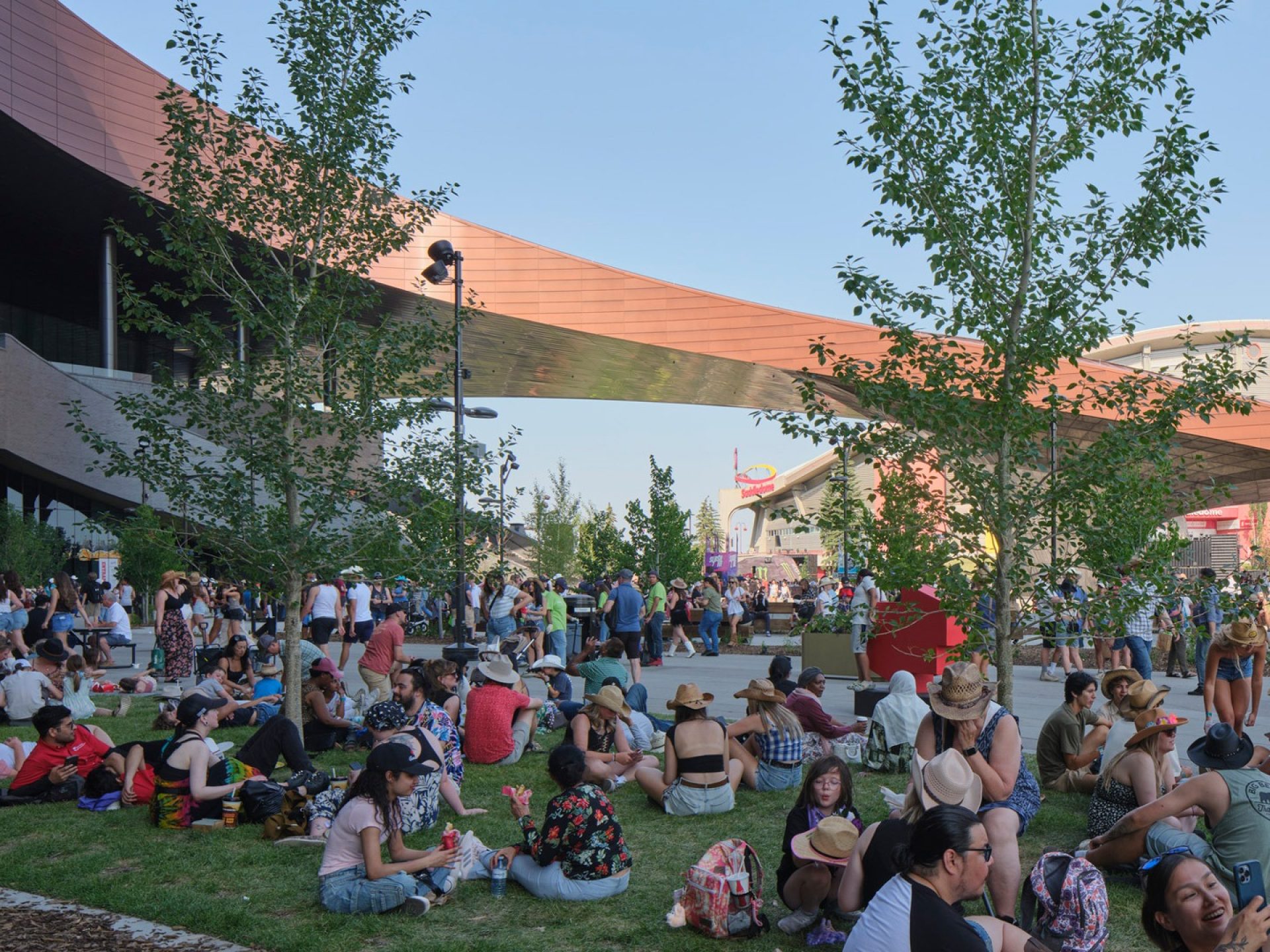
The planning and design of large-scale public assembly venues comes with the civic responsibility of understanding, integrating with and bettering the community in which they reside. We talk about this from a bird’s eye view regularly, but what does this look like on an individual level?
Imagine yourself on your worst or best day. What you need from the spaces you inhabit may be dramatically different. Though rooted in place, a venue’s purpose may shift many times to accommodate its user.
As designers, we are in the business of bringing people together. Our designs are immersed in the psychology of shared moments, and the inherent humanity in being part of something bigger than yourself. Our obligation to the future of the built environment and the urban fabric of a city is to provide people with enrichment through shared experiences and reconnecting with what makes us human.
Creativity is of paramount importance to the architecture industry, as it allows us to rethink, restructure and redesign answers to questions that aren’t being asked yet. The innovative approaches being taken in our aviation and convention center practices are exemplary of this in that we’ve done away with the notion of what airports and convention centers are in order to more holistically design them into what they could be.
If the airport is considered the front door to a city, we can consider the convention center its spacious living room. For those traveling for work, their view of a city is likely shaped heavily by these two buildings. Unfortunately, you will be hard-pressed to find individuals who feel a city’s respective airport or convention center, visited or home-based, are representative of the community or culture. In fact, most individuals look at these venue types as unrepresentative of anything at all — as places only visited out of obligation.
Historically, airports and convention centers have been designed only for the functions of their typology, rather than the individuals who fill and utilize them. The parameters that initially drove the design of an airport were the literal size of the plane, while convention centers were designed as giant boxes for business and corporate happenings. Neither design considered the scale of a human — figuratively and literally — in these mass volumes of enclosures, leaving the user displaced within such a vast space. How, then, might one feel when traveling from an airport that isn’t built with them in mind to a convention center that is the same? And how are we changing that?
Designing venues that will interact with millions of people means our venues exist both as a vessel for their typology, but also as containers for the lives playing out within them. Though this may sound quite intuitive, it is often overlooked or undervalued in favor of the bottom dollar. When designing airports and convention centers — venues that are large enough and live long enough that they can be considered cities of their own right — change happens ever so slowly. And how does one invoke change in institutions that will ultimately exist regardless of the intentionality, or lack thereof, in their designs?
These are questions we have been asking not only ourselves, but clients and thought leaders within our aviation and convention center practices over the past two decades. The answer we’ve found is as fundamental and pervasive as architecture itself: designing with empathy.
Applying empathy as a fundamental piece of the design puzzle of these venues revolutionizes the way they are experienced as a whole. This has direct implications not only for each individual interacting with an airport or convention center, but for the entire fabric of cities.
Earlier, I asked you to think about what you need out of your spaces on your worst day and on your best day. It is my job to understand how to incorporate those needs into a design. There is no one-size-fits-all venue, but through designing with empathy we create spaces that impart meaning — even if that meaning is a simple moment of quiet in an otherwise chaotic day.
Designing with empathy means understanding that for every bachelorette trip and honeymooner who view the airport as the start of an adventure, there is also someone experiencing an end — coming home after visiting a long-distance lover or flying to attend the funeral of a loved one. Architecture, if thought of in this humility, has the power to allow for inspiration and solace all within the same walls.
The implications of striving for cities bookended by institutions designed with empathy and humanity are huge. Cities don’t spur randomly, rather we shape them for decades before they become a recognizable whole. The future follows a similar path in that we are both building and experiencing it.
The key to designing for a future with infinite unknowns is in designing for humanity, and it is imperative we do this on a mass scale. By their very existence, cities are designed around the evolution of humanity. If we design airports and convention centers with empathy, we are changing the future of travel to be designed around the evolution of humanity. This also allows us room for flexibility, growth and advancement in these designs — the purest form of future-proofing.
The creative nature of Populous regularly expresses itself through curiosity. This curiosity is the impetus behind the successes of our aviation and convention center practices. Curiosity leads us to in-depth research, multiday workshops with industry experts, strategic hires and thought leaders who continue to push boundaries. Our expertise allows us to begin shaping tomorrow by asking the right questions today.
The future is going to look different to everyone. Understanding the inherent drivers that influence the lens in which we see our surroundings, the combination of life motivators that impact our actions in these spaces and the variables of fluctuating perspective that impact how someone navigates the world, means understanding those perspectives and life motivators are different for all of us. Because of that, the future of us — and the future of design — is going to look different to everyone.
It all starts with empathy. Being human is the only guaranteed constant in designing around the unknown variables of the future.
Lorem ipsum dolor sit amet consectetur, adipisicing elit. Non facere corporis et expedita sit nam amet aut necessitatibus at dolore enim quis impedit eius libero, harum tempore laboriosam dolor cumque.
Lorem, ipsum dolor sit amet consectetur adipisicing elit. Illo temporibus vero veritatis eveniet, placeat dolorem sunt at provident tenetur omnis, dicta exercitationem. Expedita quod aspernatur molestias eum? Totam, incidunt quos.

